Foreword
How to read this book
History of Nigiri sushi
Classification of Nigiri sushi
1.AKAMI
1-1 Pacific bluefin tuna (Taiheiyou Kuro maguro)
1-1-1 Lean meat of tuna (Akami)
1-1-2 Medium Fatty Tuna (Chutoro)
1-1-3 Very Fatty Tuna (Otoro)
What is Harakami Ichiban?
1-1-4 Meji-maguro
1-1-5 Hachinomi
1-1-6 Kamatoro
1-1-7 Jabara
1-1-8 Chiai-gishi
1-1-9 Wakaremi
What is Hagashi?
1-1-10 Tossaki
1-1-11 Tenpa
1-1-12 Hohoniku
1-1-13 Sunazuri
1-2 Atlantic bluefin tuna (Taiseiyou Kuro maguro)
1-3 Southern bluefin tuna (Minami maguro)
1-4 Bigeye tuna (Mebachi maguro)
1-5 Yellowfin tuna (Kihada maguro)
1-6 Albacore Tuna (Binnaga maguro)
What are Meji, Chubou and Maguro?
1-7 Bonito (Katsuo)
1-8 Striped marlin (Makajiki)
The history of how toro sushi became a superstar!
2.SHIROMI
2-1 Atlantic salmon
2-2 Salmon trout
What is Toro salmon?
2-3 King salmon (Masunosuke)
2-4 Chum salmon (Tokishirazu)
2-5 Chum salmon (Keiji)
2-6 Cherry salmon (Sakuramasu)
Salmon is not used as a topping in Edomae sushi!
2-7 White horsehead (Shiro-amadai)
2-8 Horsehead (Aka-amadai)
2-9 Largehead hairtail (Tachiuo)
2-10 Large-eyed bream (Meichidai)
2-11 Splendid alfonsino (Kinmedai)
2-12 Red seabream (Madai)
What is Red Snapper the same as “Tai”?
2-13 Bastard halibut (Hirame)
2-14 Engawa
2-15 Marbled sole (Makogarei)
2-16 Spotted halibut (Hoshigarei)
How to tell the difference Between Buri, Hiramasa and Kanpachi
2-17 Greater amberjack (Kanpachi)
2-18 Japanese amberjack (Buri)
2-19 Young amberjack (Inada)
2-20 Goldstriped amberjack (Hiramasa)
2-21 Striped jack (Shima aji)
2-22 Japanese spanish mackerel (Sawara)
2-23 Japanese sea bass (Suzuki)
2-24 Chicken grunt (Isaki)
2-25 Filefish (Kawahagi)
When does Kinmedai taste the best?
2-26 Blackthroat seaperch (Nodoguro)
2-27 Tiger puffer (Torafugu)
2-28 Red spotted grouper (Kijihata)
2-29 Bartail flathead (Kochi)
2-30 Sevenband grouper (Hata)
What is Wasabi?
2-31 Longtooth grouper (Kue)
2-32 Japanese butterfish (Ebodai)
2-33 Red gurnard (Houbou)
2-34 Devil stinger (Okoze)
2-35 Green ling (Ainame)
2-36 Red barracuda (Kamasu)
How to use soy sauce under the watchful eye of a Sushi chef
2-37 Barred knifejaw (Ishidai)
2-38 Alaska codfish (Madara)
2-39 Black rockfish (Kurosoi)
2-40 Black seabream (Kurodai)
2-41 Bighand thornyhead (Kichiji)
2-42 Japanese bluefish (Mutsu)
How to Jukusei?
3.HIKARIMONO
3-1 Mackerel (Saba)
3-2 Horse mackerel (Aji)
3-3 Japanese sardine (Iwashi)
3-4 Japanese halfbeak (Sayori)
What is Tsukedai?
3-5 Pacific saury (Sanma)
3-6 Gizzard shad (Kohada)
3-7 Baby Gizzard shad (Shinko)
3-8 Young crimson sea bream (Kasugo)
3-9 Japanese whiting (Kisu)
3-10 Pacific herring (Nishin)
What are Uwami and Shitami?
4.NIMONO
4-1 Common orient clam (Nihamaguri)
4-2 Japanese conger (Anago)
4-3 Japanese eel (Unagi)
4-4 Squilla (Shako)
4-5 Japanese icefish (Shirauo)
Does the taste of wasabi differ depending on the grater?!
5.KAI
5-1 Ark shell (Akagai)
5-2 Japanese abalone (Kuro awabi)
5-3 Giant abalone (Madaka awabi)
5-4 Disk abalone (Megai awabi)
5-5 Ezo abalone (Ezo awabi)
5-6 Japanese egg cockle (Torigai)
5-7 Common scallop (Hotate)
What is Tezu?
5-8 Sakhalin surf clam (Hokkigai)
5-9 Japanese oyster (Kaki)
5-10 Keen’s gaper (Mirugai)
5-11 Round clam (Aoyagi)
5-12 Round clam ligaments (Kobashira)
5-13 Pen-shell (Tairagi)
5-14 Whelk (Tsubugai)
Why is sushi served with Gari?
Types of squid
6.IKA/TAKO
6-1 Bigfin reef squid (Aori ika)
6-2 Golden cuttlefish (Sumi ika)
6-3 Swordtip squid (Kensaki ika)
6-4 Spear squid (Yari ika)
Why is Nigiri sushi eaten with soy sauce?
6-5 Japanese common squid (Surume ika)
6-6 Baby Golden cuttlefish (Shin ika)
6-7 Firefly squid (Hotaru ika)
6-8 North pacific giant octopus (Mizudako)
6-9 Common octopus (Madako)
What is Sute-shari?
7.EBI/KANI
7-1 Kuruma prawn (Kuruma ebi)
7-2 Botan shrimp (Botan ebi)
7-3 Morotoge shrimp (Shima ebi)
7-4 Sweet shrimp (Ama ebi)
Learn the basics of pairing sake with sushi!
7-5 Broad velvet shrimp (Shiro ebi)
7-6 Snow crab (Zuwaigani)
7-7 Horsehair crab (Kegani)
Why did the vinegar used in shari switch from red vinegar to rice vinegar?
8.GYORAN
8-1 Salmon roe (Ikura)
8-2 Herring roe (kazunoko)
8-3 Green sea urchin (Bafun uni)
8-4 Red sea urchin (Aka uni)
Why is it that sea urchin sushi can taste bitter?
8-5 Purple sea urchin (Murasaki uni)
8-6 Short-spined sea urchin (Ezobafun uni)
Hokkaido’s main Ezobafun uni production area
8-7 Northern sea urchin (Kitamurasaki uni)
Hokkaido’s main Kitamurasaki uni production area
8-8 Herring spawn on kelp (Komochi kombu)
The secret story of how Ikura became a sushi topping!
9.OTHERS
9-1 Young Green Onion Shoots (Menegi)
9-2 Shiitake mushroom (Shiitake)
9-3 Daggertooth pike conger (Hamo)
What tea pairs well with Nigiri sushi?
9-4 Oboro
9-5 Monkfish liver (Ankimo)
9-6 Milt (Shirako)
9-7 Omelette (Tamagoyaki)
Does real Edomae sushi no longer exist!?
10.MAKIMONO
10-1 Dried Gourd Shavings Sushi Roll (Kanpyo maki)
What is Kanpyo?
10-2 Tuna Roll (Tekka maki)
10-3 Cucumber roll (Kappa maki)
What is Okonomi?
Sushi Restaurant Etiquette
Sushi Vocabulary and Jargon
Afterword
References
Cooperating sushi restaurant for photography
Copyright
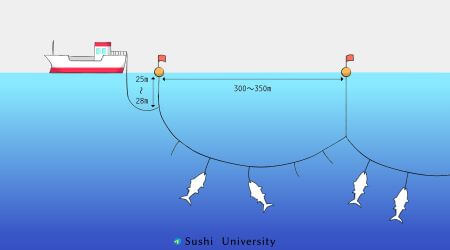 Tuna fishing methods include Purse seine fishing, Fixed-net fishing, Drift-net fishing and Longline fishing, among others. Ocean fishing for tuna in the South Pacific Ocean, Indian Ocean and Atlantic Ocean, is often done by longline fishing. A main line can exceed 150 km in length and have over 3,000 hooks hanging from it. A main line is let out for 6 to 7 hours, and it takes 3 to 4 hours from running the line in the sea, to catching tuna. After that it takes another 10 to 15 hours to reel it up, so the tuna that was caught early may have already died during this time. There are times when sea water may feel warm to the touch, even in the dead of winter. The problem here is, that the body of the tuna that died early, will be warmer if the sea water is warmer. The body temperature will also be unusually high if a tuna caught by a hook ends up struggles for a long time and dying before being reeled in. The same is true for Kuromaguro caught in game fishing.
Tuna fishing methods include Purse seine fishing, Fixed-net fishing, Drift-net fishing and Longline fishing, among others. Ocean fishing for tuna in the South Pacific Ocean, Indian Ocean and Atlantic Ocean, is often done by longline fishing. A main line can exceed 150 km in length and have over 3,000 hooks hanging from it. A main line is let out for 6 to 7 hours, and it takes 3 to 4 hours from running the line in the sea, to catching tuna. After that it takes another 10 to 15 hours to reel it up, so the tuna that was caught early may have already died during this time. There are times when sea water may feel warm to the touch, even in the dead of winter. The problem here is, that the body of the tuna that died early, will be warmer if the sea water is warmer. The body temperature will also be unusually high if a tuna caught by a hook ends up struggles for a long time and dying before being reeled in. The same is true for Kuromaguro caught in game fishing.
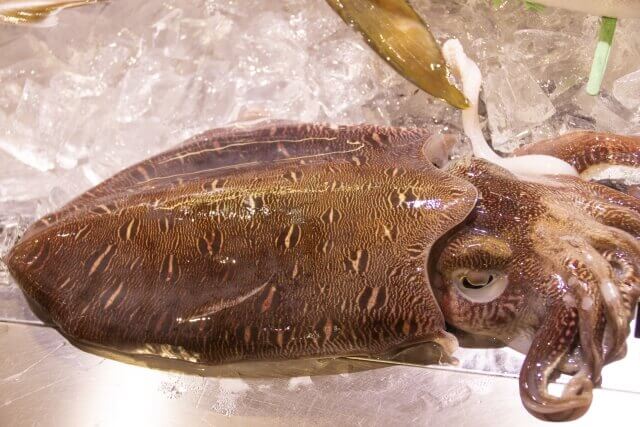 No people in the world love squid more than the Japanese. Squid ranks third in import volume behind shrimp and tuna. Squid is brought to Japan from the oceans all over the world. There are between 400 and 500 species of wild squid on Earth. Some, like the pygmy cuttlefish, are tinier than 3 millimeters while the giant squid is over 10 meters.
No people in the world love squid more than the Japanese. Squid ranks third in import volume behind shrimp and tuna. Squid is brought to Japan from the oceans all over the world. There are between 400 and 500 species of wild squid on Earth. Some, like the pygmy cuttlefish, are tinier than 3 millimeters while the giant squid is over 10 meters.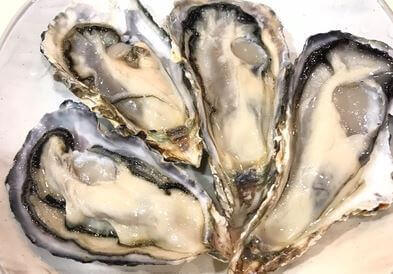 It’s won’t hurt you to eat Magaki (Japanese oyster), which has its spawning season in the summer, but in the months with no R in the name, the glycogen concentration is low, so you can’t get the full-bodied texture that you get in winter. In addition, almost all amino acids such as glutamic acid, glycine, alanine, arginine, which are important components for delicious flavor, are known to accumulate from winter through spring, and conversely, they decrease in the summer, which is the spawning season. You cannot expect the same deliciousness from oysters in summer as you can from months that contain the letter R.
It’s won’t hurt you to eat Magaki (Japanese oyster), which has its spawning season in the summer, but in the months with no R in the name, the glycogen concentration is low, so you can’t get the full-bodied texture that you get in winter. In addition, almost all amino acids such as glutamic acid, glycine, alanine, arginine, which are important components for delicious flavor, are known to accumulate from winter through spring, and conversely, they decrease in the summer, which is the spawning season. You cannot expect the same deliciousness from oysters in summer as you can from months that contain the letter R.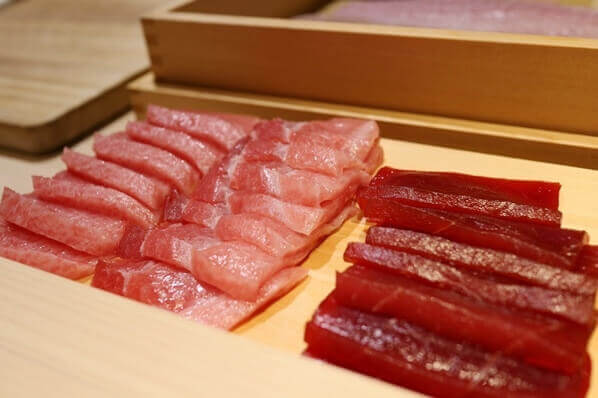 Naturally, the cost price is what it costs the restaurant for the ingredients while the price on the menu is the selling price. The ratio of these two prices is called the cost rate. In the case of a sushi restaurant, the ideal cost rate is 35% or less. A restaurant operating with only Omakase will have a cost rate of 40% with a focus on the quality of the toppings.
Naturally, the cost price is what it costs the restaurant for the ingredients while the price on the menu is the selling price. The ratio of these two prices is called the cost rate. In the case of a sushi restaurant, the ideal cost rate is 35% or less. A restaurant operating with only Omakase will have a cost rate of 40% with a focus on the quality of the toppings.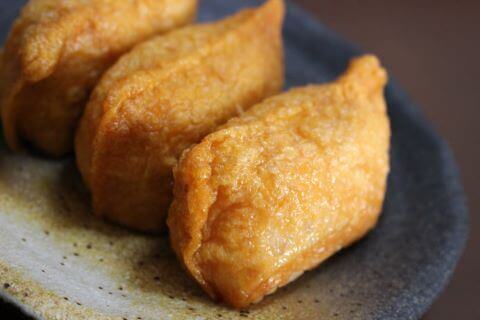 First of all, sushi rice made for Inarizushi can be used for a wide variety of uses including Uramaki and Chirashizushi, so it could be useful to learn. However, the recipe is slightly different than Nigiri sushi. The reason is that in the case of Nigiri sushi, the topping is typically one type of seafood combined with a sushi rice recipe that maximizes the flavor of that seafood. On the other hand, Inarizushi, Uramaki, etc., are filled with optional ingredients put together to enjoy multiple layers of flavors spread in your mouth. The sushi rice is essential to harmonize all the ingredients. Therefore, it is made with more sugar than Nigiri sushi. In addition to toning down the sourness of Vinegar, the sugar’s own richness works to bring out a mellow taste. Kombu is also added to the rice while it is cooking. The aim here is to create a synergy between the Inosinic acid contained in Kombu and the Umami of the other ingredients.
First of all, sushi rice made for Inarizushi can be used for a wide variety of uses including Uramaki and Chirashizushi, so it could be useful to learn. However, the recipe is slightly different than Nigiri sushi. The reason is that in the case of Nigiri sushi, the topping is typically one type of seafood combined with a sushi rice recipe that maximizes the flavor of that seafood. On the other hand, Inarizushi, Uramaki, etc., are filled with optional ingredients put together to enjoy multiple layers of flavors spread in your mouth. The sushi rice is essential to harmonize all the ingredients. Therefore, it is made with more sugar than Nigiri sushi. In addition to toning down the sourness of Vinegar, the sugar’s own richness works to bring out a mellow taste. Kombu is also added to the rice while it is cooking. The aim here is to create a synergy between the Inosinic acid contained in Kombu and the Umami of the other ingredients.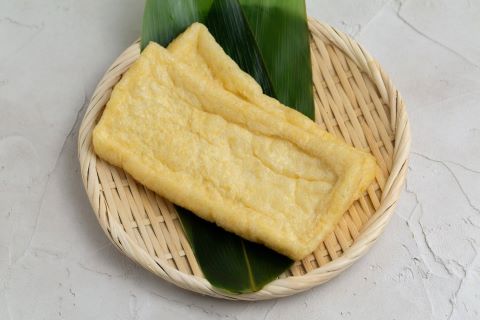 ① Spread the deep-fried tofu on a cutting board and roll it out with a rolling pin until it is completely flat. This helps to loosen the inside of the deep fried tofu so it will open easier. It might seem like a hassle, but it will help you make Inarizushi that looks even better.
① Spread the deep-fried tofu on a cutting board and roll it out with a rolling pin until it is completely flat. This helps to loosen the inside of the deep fried tofu so it will open easier. It might seem like a hassle, but it will help you make Inarizushi that looks even better. For example, every Frenchman knows that
For example, every Frenchman knows that 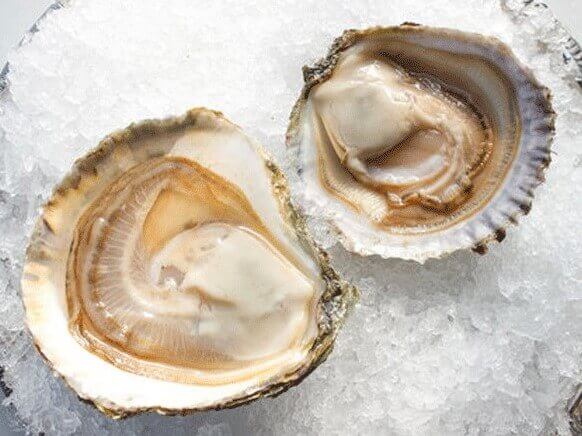 Famous for its Belon brand name, the oyster native to Europe has a flat, rounded shell. It belongs to the genus Ostrea. To be honest, Belon oysters aren’t sweet and don’t have a distinguished flavor compared to Japanese oysters, and the salty fragrance of the sea is dulled, so it can seem less flavorful.
Famous for its Belon brand name, the oyster native to Europe has a flat, rounded shell. It belongs to the genus Ostrea. To be honest, Belon oysters aren’t sweet and don’t have a distinguished flavor compared to Japanese oysters, and the salty fragrance of the sea is dulled, so it can seem less flavorful.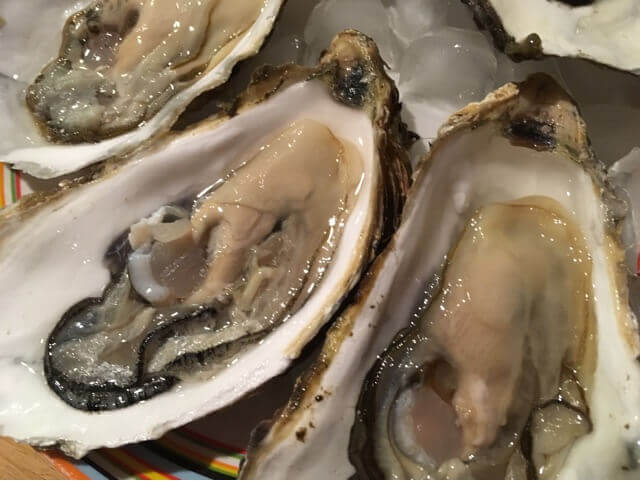
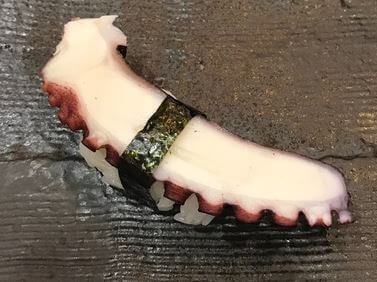 Among the many sushi toppings, Pacific bluefin tuna, and actually the Madai (Red sea bream) as well, are toppings that are difficult for an amateur to tell whether it is farmed or wild. However, there is no need to worry about that when it comes to Tako (Octopus). There are no octopus farms to be found in the world, so it is a 100% wild topping.
Among the many sushi toppings, Pacific bluefin tuna, and actually the Madai (Red sea bream) as well, are toppings that are difficult for an amateur to tell whether it is farmed or wild. However, there is no need to worry about that when it comes to Tako (Octopus). There are no octopus farms to be found in the world, so it is a 100% wild topping.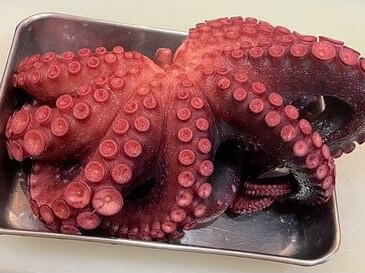 Amateurs can’t tell the difference between domestic Tako or African imports. However, there is one aspect that even an amateur can use to distinguish between the two. There is one condition for this to work, and that is that at least one of the suckers is in-tact. The suckers are scraped off for most toppings, but in cases where they are sliced by the restaurant, there are often suckers remaining. If the sucker is pure white, it is almost definitely from Africa. Meanwhile, domestic Tako suckers maintain a faint red color in the suckers, even when boiled. The reason the suckers turn white seems to be an effect of the food preservatives added during processing, but this has not been confirmed.
Amateurs can’t tell the difference between domestic Tako or African imports. However, there is one aspect that even an amateur can use to distinguish between the two. There is one condition for this to work, and that is that at least one of the suckers is in-tact. The suckers are scraped off for most toppings, but in cases where they are sliced by the restaurant, there are often suckers remaining. If the sucker is pure white, it is almost definitely from Africa. Meanwhile, domestic Tako suckers maintain a faint red color in the suckers, even when boiled. The reason the suckers turn white seems to be an effect of the food preservatives added during processing, but this has not been confirmed. Buy now
Buy now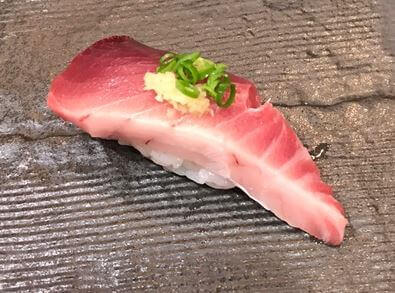 Toro is an absolute at sushi restaurants and it’s only natural to aspire to such a position. That’s why there are so many sushi dish names that start with “Toro”. The most laissez-faire of these is Toro salmon. In this case the definition of Toro is ignored in an attempt to promote sales. Just as bad is Toro katsuo (pronounced “Toro-gatsuo” in Japanese).
Toro is an absolute at sushi restaurants and it’s only natural to aspire to such a position. That’s why there are so many sushi dish names that start with “Toro”. The most laissez-faire of these is Toro salmon. In this case the definition of Toro is ignored in an attempt to promote sales. Just as bad is Toro katsuo (pronounced “Toro-gatsuo” in Japanese).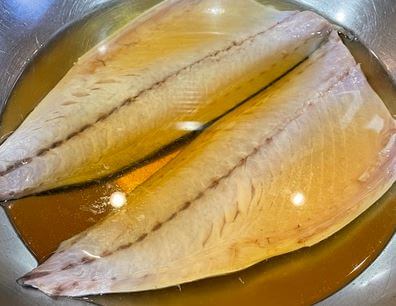
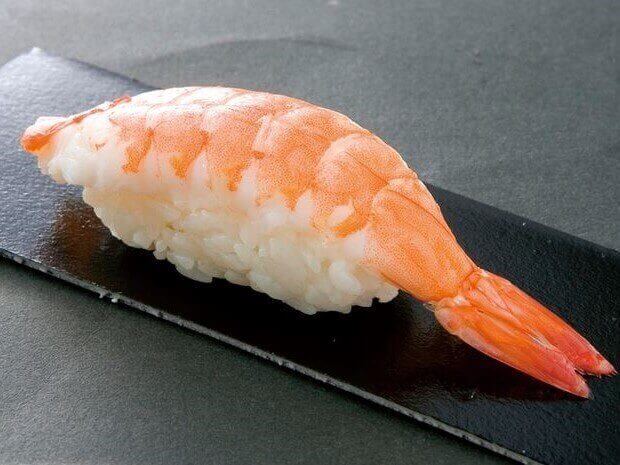 Japan leads the world in shrimp consumption by far. Most of the shrimp is imported, but it is a little known fact that shrimp is called “Meki” among importers and sushi restaurants in Japan. It is said to be a remnant from a time when much of the imported shrimp came from Mexico (pronounced “Mekishiko” in Japanese).
Japan leads the world in shrimp consumption by far. Most of the shrimp is imported, but it is a little known fact that shrimp is called “Meki” among importers and sushi restaurants in Japan. It is said to be a remnant from a time when much of the imported shrimp came from Mexico (pronounced “Mekishiko” in Japanese).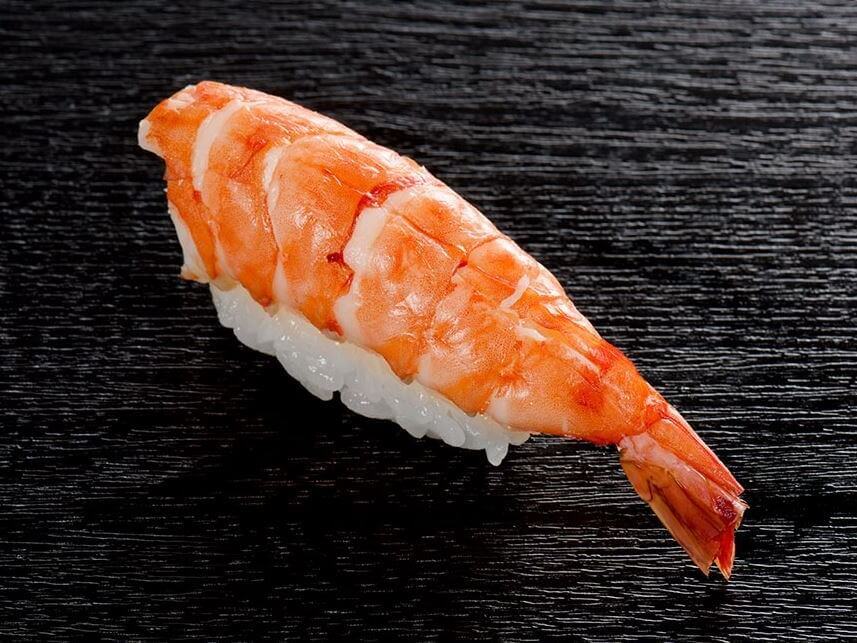
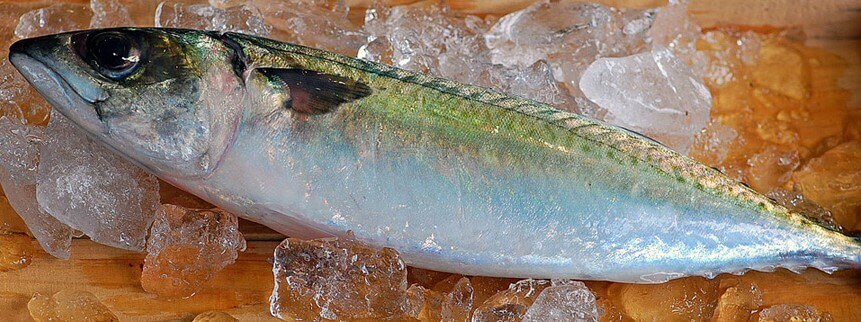
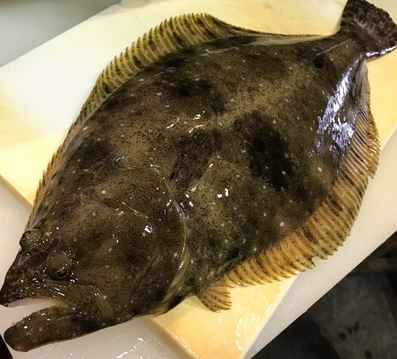 Hirame is a high-quality fish that goes for at least US $50 per kilogram. It can even exceed US $80 per kilogram, depending on the timing and the fish’s body.
Hirame is a high-quality fish that goes for at least US $50 per kilogram. It can even exceed US $80 per kilogram, depending on the timing and the fish’s body.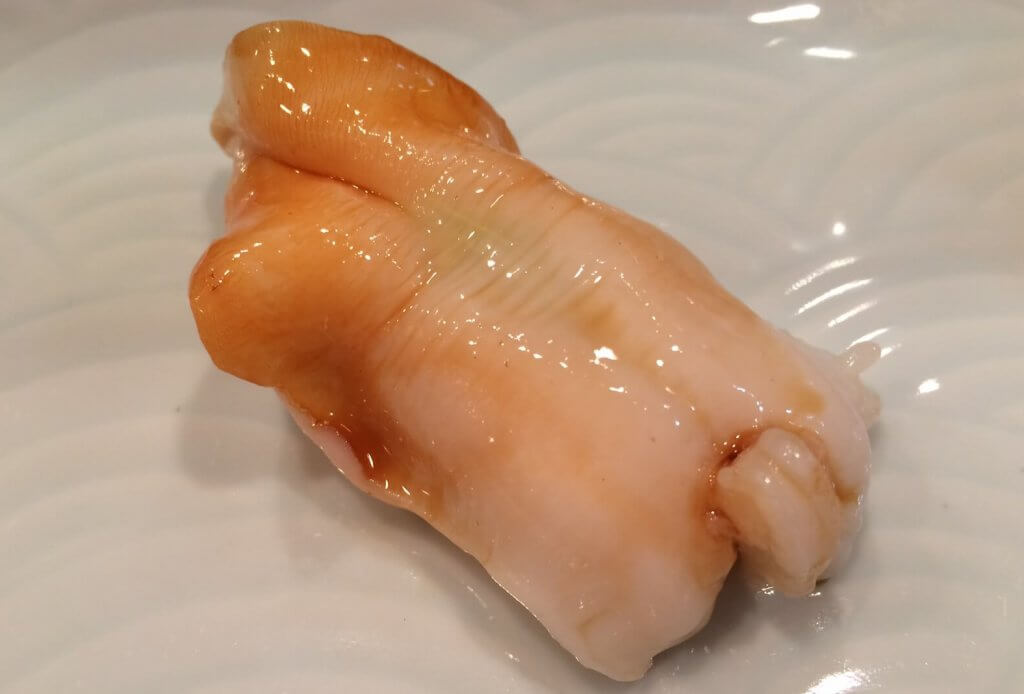 Ishigakigai is a shellfish found from Kashimanada northward, Hokkaido, from the Kuril Islands to the Aleutian Islands and even on the west coast of North America. It lives off of plankton in the shallow sandy mud bottoms of the sea at depths of about 50 meters.
Ishigakigai is a shellfish found from Kashimanada northward, Hokkaido, from the Kuril Islands to the Aleutian Islands and even on the west coast of North America. It lives off of plankton in the shallow sandy mud bottoms of the sea at depths of about 50 meters.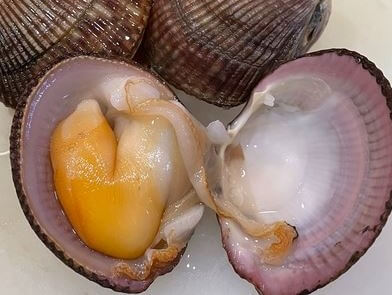 It starts to become common at the market when the Japanese rainy season ends, at the beginning of summer every year, which is around the end of the Torigai season. It then disappears from the market at the end of summer. A number of sushi restaurants start using it as a substitute for Torigai all at the same time, so Ishigakigai nigiri sushi suddenly started appearing on menus. Frankly, it is somewhat conservative as a nigiri topping but is known for the crunchy texture when biting into it. It also has strong sweetness and umami, which goes exquisitely with Shari. The sushi chef slaps the meat in his hand directly before serving to stiffen it–a way to increase the crunchy texture characteristic of shellfish. Naturally this texture is evidence of its freshness.
It starts to become common at the market when the Japanese rainy season ends, at the beginning of summer every year, which is around the end of the Torigai season. It then disappears from the market at the end of summer. A number of sushi restaurants start using it as a substitute for Torigai all at the same time, so Ishigakigai nigiri sushi suddenly started appearing on menus. Frankly, it is somewhat conservative as a nigiri topping but is known for the crunchy texture when biting into it. It also has strong sweetness and umami, which goes exquisitely with Shari. The sushi chef slaps the meat in his hand directly before serving to stiffen it–a way to increase the crunchy texture characteristic of shellfish. Naturally this texture is evidence of its freshness.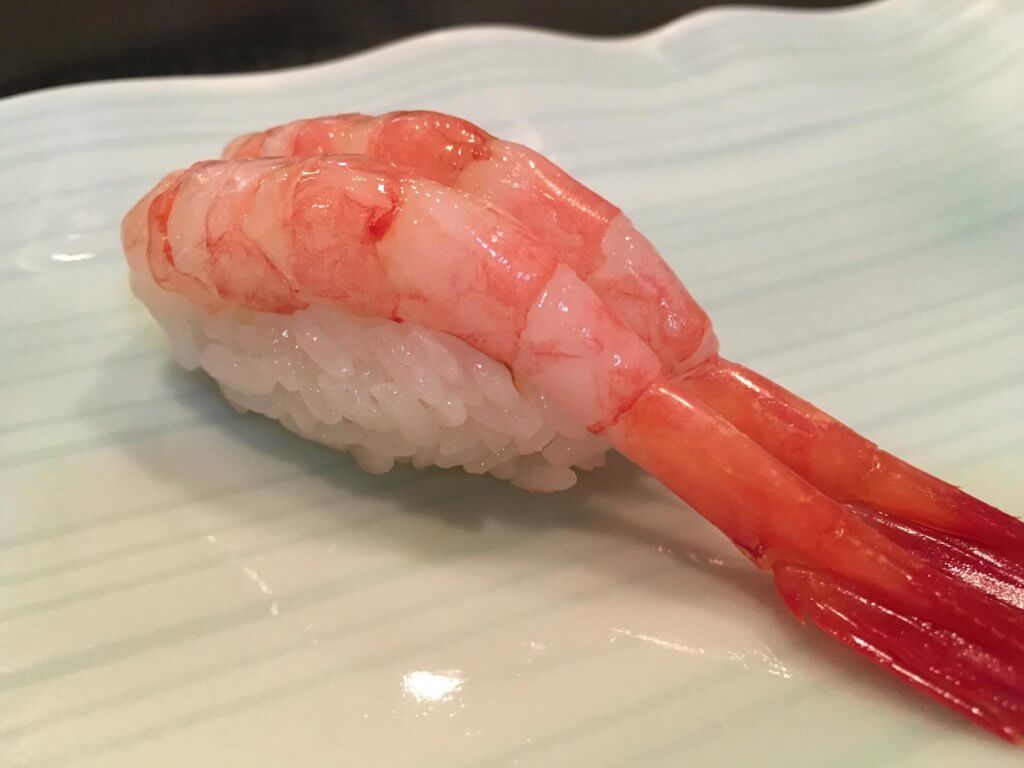 It goes without saying, that each type of fish has its very own scientific name. However, in places like the Toyosu Fish Market, there are seafoods that end up sharing a name.
It goes without saying, that each type of fish has its very own scientific name. However, in places like the Toyosu Fish Market, there are seafoods that end up sharing a name.